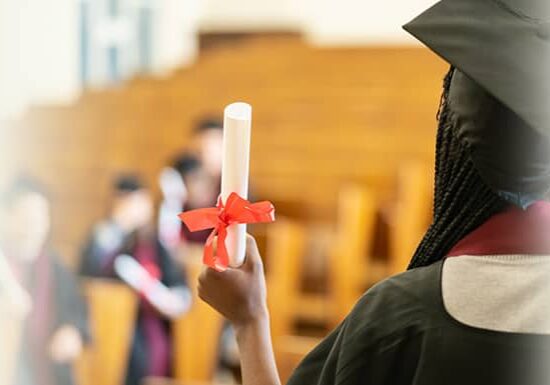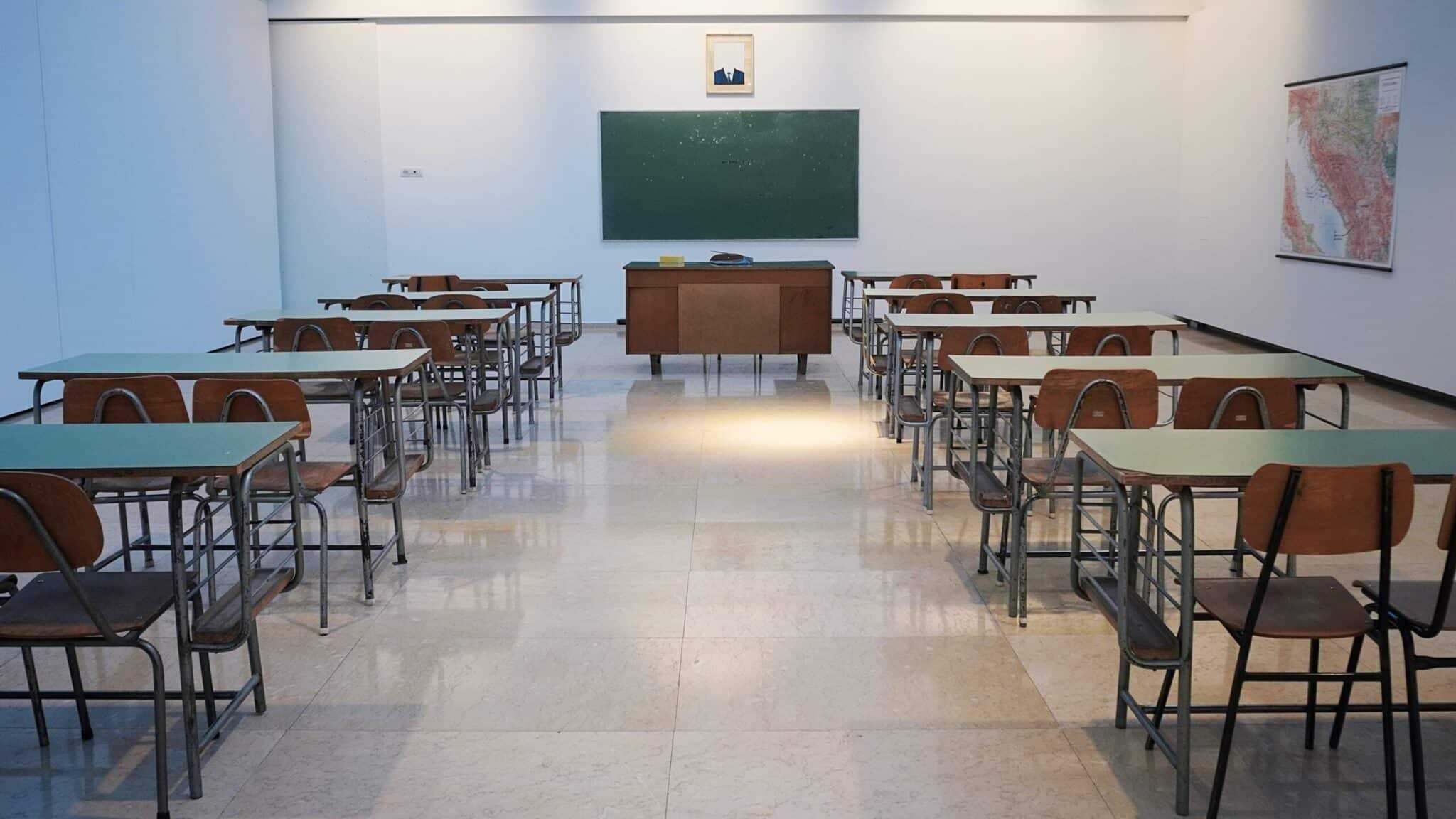What is a Traditional Classroom? How is it Evolving in the Digital Times?
Updated: July 11, 2022
Published: January 28, 2022

Between 2020 to 2025, it is projected that the online learning market will experience a 200% increase. The demand for digital classrooms continues to grow, thanks to various factors, from economics to convenience and more. When understanding the benefits of virtual school vs. traditional school, helps to first answer the question: “What is a traditional classroom?”
For many students, a traditional classroom is all they know. For others, they’ve partaken in online learning environments. And, for some, they’ve experienced both, in what’s become known as a hybrid approach.
To answer the question above, we will get into what you need to know. Then, we will share some details while looking at regular classes versus digital classrooms.

What is a Traditional Classroom?
A traditional classroom is a physical location where a teacher presents knowledge to students in person. Around the world, a traditional classroom setting seems to be the most common means by which students acquire their education.
Traditional classrooms tend to be interactive, allowing students to ask questions and participate in activities to absorb new material. Teachers base their lessons on standardized curriculums and administer tests to gauge how well their students are learning.
But, with technological progression and accessibility, online learning is gaining popularity at a rapid pace.
What is a Digital Classroom?
A digital classroom takes place virtually, but still fulfills many of the same purposes that a traditional classroom does. A digital classroom exists in digital space. So, learning takes place online and is facilitated by an internet connection.
Teachers can either be on the other side of the connection, streaming a live lecture. Or, lectures and learning material can be pre-recorded and uploaded to a system that students access at their own discretion.
To bring the digital classroom full circle, these environments use feedback loops, such as forums, email, instant messaging, or other technological tools to allow for the two-way transfer of information between students and teachers.
How are Digital Learning Environments and Traditional Classrooms Similar?
Whether you choose to learn behind a computer screen in an online environment or within a physical classroom in a traditional setting, you will be able to achieve great feats. Once you obtain knowledge, no one can take it away from you.
Plus, when it comes to higher education, earning your degree online provides an outcome that is no different from earning a degree in person.
Let’s take a quick look at how digital learning environments and traditional classrooms are similar:
Teacher and Student Interaction
In both settings, teachers and students interact with one another. While in a traditional classroom, this will take place in person, in a digital environment, you’ll be behind screens. But, there are many avenues by which you can still interact.
Peer-to-Peer Interaction
While peer-to-peer interaction is in-person in traditional classrooms, it can still take place over online mediums for digital classrooms. For example, students can interact and even learn together via video chats, instant messaging, and social media platforms.
Beginning and End
In both environments, there is a start and end time to the learning material, whether it be a live lecture or pre-recorded content. However, with digital settings, students have more flexibility to choose when they learn. Additionally, at the culmination of a grade level or fulfillment of credit hours, students receive a diploma, degree, certificate, or get to move on to the next level of education.
Workload
Both class types will call for the completion of assignments and projects. The workload of either classroom-type will depend on the curriculum set forth by the teacher. So, it could be the case that you have more assignments in a traditional class versus digital, or vice versa.
Determination is Required
No matter where you learn, students have to show up with dedication and focus to get the most out of it. Ultimately, a student’s success is in their own hands.
Outcomes
The outcome is identical – if you’re seeking a degree online or in-person, once you fulfill the requirements, there’ll be no way to determine whether or not you earned it online or in-person (other than checking out the institution’s name).

How Are These Learning Environments Different?
Despite their main similarities, of course, learning online and in-person does come with its fair share of differences.
In fact, many of the differences can be seen as strengths, especially for certain types of learners or students. For example, if you’re looking to change your careers or go back to school to excel in your current career, then your schedule may look different than it did when you were a young person with nothing but time.
Online learning offers a great advantage for those who need to maintain flexibility in their schedule and learn at their own pace. Say you have a job and a family, but you want to fit in learning. Then, a digital classroom can be the perfect solution.
Along with the schedule flexibility, you can benefit from the relatively less expensive cost associated with learning that comes with online education (as compared with traditional college settings).
A Look at Online Learning: The University of the People
We’re clearly big proponents of online learning, being that we are an accredited online institution for higher education. At the University of the People, students have the freedom to choose from an array of degree-granting or certificate-granting programs. With low barriers to entry and the tuition-free model, students get an affordable, accessible, and quality education that can be tailored to their needs and schedule.
Final Thoughts
We’ve brought you the answer to the question: “What is a traditional classroom?” By providing you with a quick recap of the differences and similarities between a traditional classroom versus a digital classroom, you may be leaning towards one over the other.
For whichever direction you choose, you will be able to attain education, increase your skills, and move forward in life with the knowledge to get you to where you want to go.
